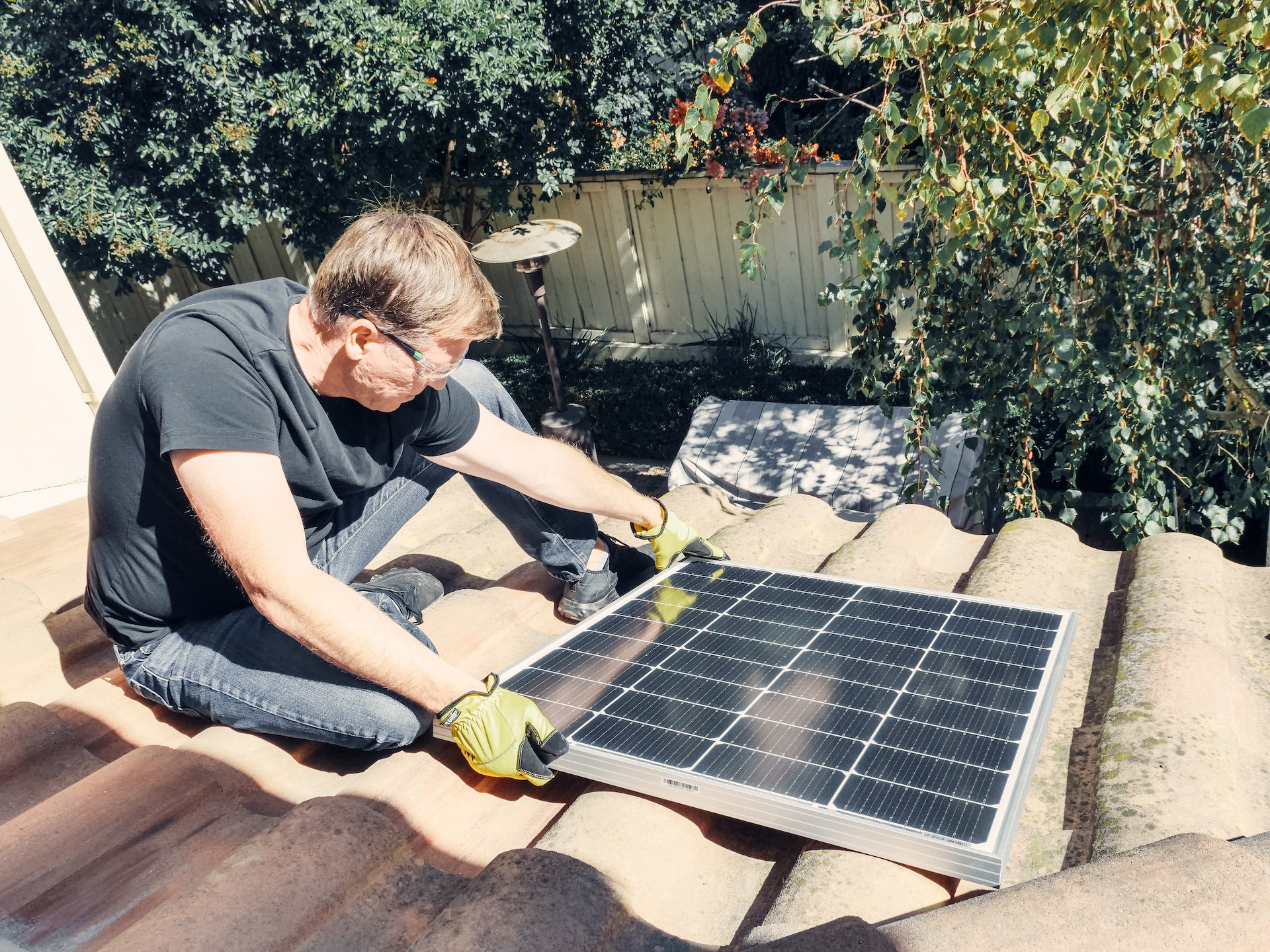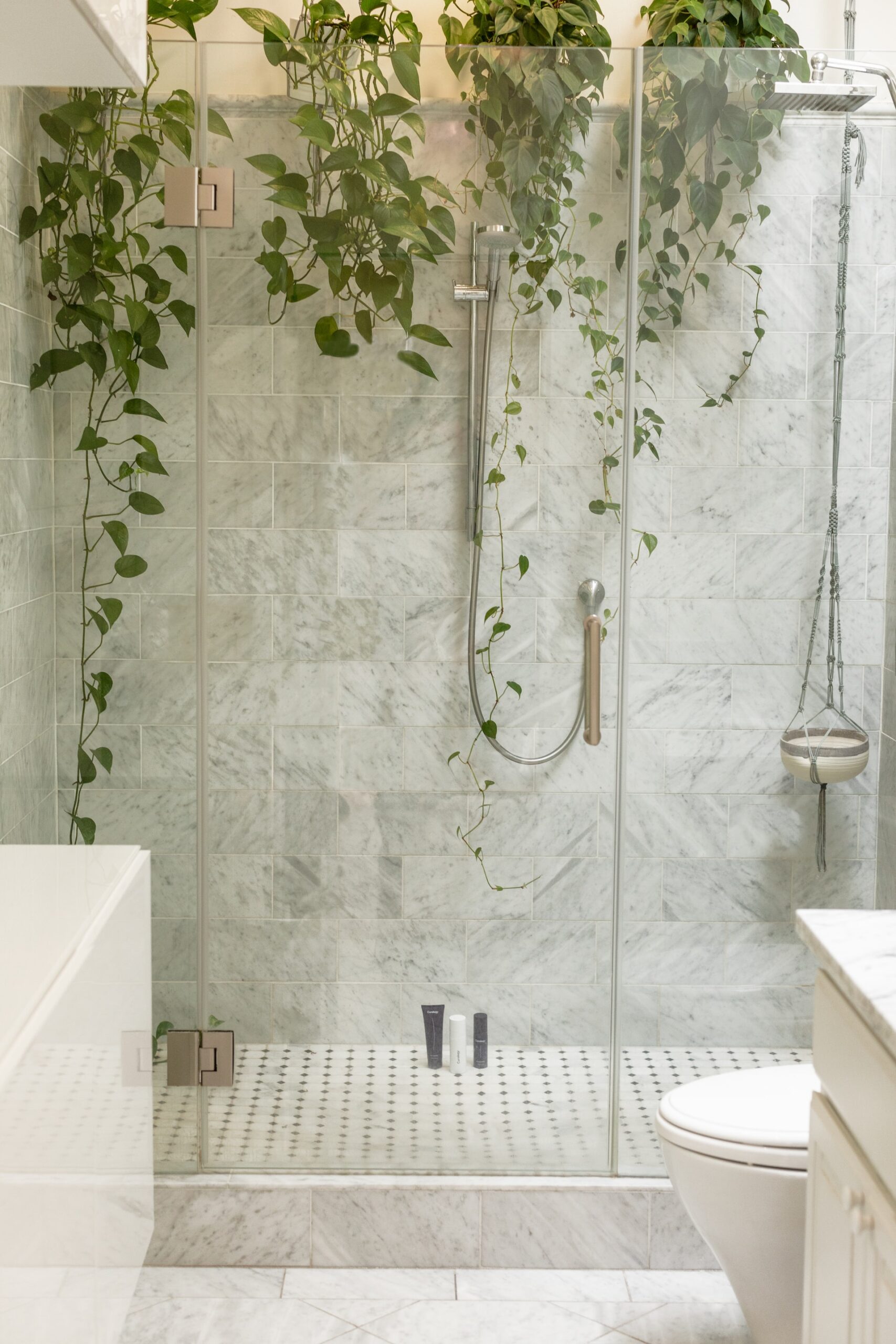
Why is sustainability fundamental for the future? Well, it’s simple. The world is burning, greenhouse gases increasing. Future generations will be at war with the earth to secure their future. The earth is sacred but past and present generations have left a bit of a mess that we need to clean up – fast!
The easiest way to start is by being more sustainable and finding alternatives to help reduce air and waste pollution.
What does it mean to be ‘sustainable’?
Sustainability starts with a decision to make a change.
In interiors, we can do this in a number of ways – buying reusable and recyclable materials, to repurposing furnishings and wasted materials.
Having an understanding, as small as that might be, on the carbon emissions from that Amazon delivery you ordered yesterday and got on prime because you’re too impatient to wait, (like me!), and the cheap new shiny ornaments you ordered that you aren’t really sure if you like so you bought 3 or 4 to choose from and will throw out or gift the ones you don’t like…
All these little things have massive ramifications that if we don’t stop will be our downfall.
Here are 5 ways to be more sustainable, specifically for you and your home!
Choose Renewable Energy
Renewable energy is becoming increasingly popular, and many homes are now choosing to use solar power.
Solar panels can be installed on the roof of your property, and integrated into other sections of your home for indoor and outdoor lighting.
You can store electricity that has been produced as a backup in case of emergencies, and even though the batteries used for storage aren’t recyclable, they still last a hell of a long time. Solar power allows lower electricity bills if your plugged in at your mains and use consistently throughout the day.
Solar power is one of the best forms of energy as it uses a free resource that all of us receive. The sun. It takes less strain off the grid whilst being more sustainable and lowering greenhouse gases. It’s a win win for both you and the planet.
Not everyone lives in a property that can have solar power – but if you can’t, you can still choose an energy provider that generates all their power through natural energy sources.
Use Gray water systems
Why use gray water in your home? Well for starters, I think gray water systems should be integrated in every home – but for your loo.
(You thought I meant that for the bath or something didn’t you? I’m not an animal guys!)
Anyway… gray water systems are beneficial as it takes a bit of pressure of water companies to produce a huge amount of your sparkling clean water. Rainwater is a free resource that in the UK we get a lot of! Storing rainwater in a tank to be filtered into your gray water systems along with the old shower and sink water is one of the best ideas for a more sustainable lifestyle. At least you will not be wasting any money on clean toilet water!
I know your dog likes to drink from it but just put the lid down, like you should, and we won’t have any doggie issues!
Choose Natural and Low carbon Materials
When designing your home, whether that be a renovation, refurbishment or you just want to change the wallpaper, knowing the life expectancy of a material is very important.
As a designer, I tend to stick to more of natural finish. From stone, timber, and wool. Bamboo is an excellent material as well as it grows relatively quickly and is a hard and durable materials for your floors or accent walls. I love it in a bathroom, but I’m just picky.
Timber is a low maintenance material, if properly installed and looked after. It is a good carbon material as it stores carbon, which effectively lowers emissions.
Other materials to consider are concrete, brick and materials that tend to last, and can be recycled.
When choosing a material for your interior design project, ask ‘where do the materials come from?’ ‘Is it worth the emissions being produced?’
If it’s from far afield, is there somewhere close with a similar material, you could incorporate instead?
We want to lower emissions, not add to them – however it’s also important to look at it from the whole picture. If a material will last 80 years compare to 25 then it can be worth it. You just need to understand and make decisions based on the facts of the materials and calculate their emissions vs their lifespan.
Choose Energy efficient appliances – and only use what we need!
You’re probably thinking to yourself, why do I need to care about this? Can’t I just pick the pretty one?
Your preference is your preference and if that wins over energy efficiency then that is up to you – but it’s not just the environment, to get the most out of your money you really need to be aware of what efficiency grade your appliances are. Also look at how long they will last. The days of ‘Buy it, use it, throw it away, Buy a new one’ are gone and we need to buy household goods that will last and that won’t add to the piles of scrap waste.
Also think about all the appliances you are using already – do you need to use them as much as you do? You don’t want to be wasting money, especially with the rise in household bills. One of the highest appliances that takes your electric is the tumble dryer. If you have a washing line, use that instead – the sun, the wind is free!
Sometimes it’s small, easy changes that can cut down our costs whilst also not wasting any electric or water.
For one, not keeping the tap running whilst brushing your teeth.
And turning power off at the plugs when you’re not using them. You’d be surprised how much electric you would save. These tiny changes, which might surprise you, are all ways to be greener.

Lighting
How can we make lighting more sustainable?
I find lighting is one of the funniest parts in design – of course I may be on my own there!
For starters, there is something called natural light. You know, the thing called the sun lights the day and we can go outside without it being dark. Yeah that.
Natural light is a resource which should be utilised to the fullest. One because it is free, and secondly, the vitamins we gain front natural light releases endorphins which make us feel good. Who doesn’t want to feel good on a Monday morning? Sorry fancy light designers – I’m all about utilising daylight in interior design. Open curtains, open blinds before you reach for the light switch!
We got the day covered! But what about the evening?
Okay well this is where synthetic light comes into play. It uses the electric (and uses a lot of it if left on constantly throughout the night). An LED bulb is the best for modern lighting as it is more efficient. The bulb uses less electricity than a standard bulb. They last a lot longer too, so if you do need to go out and replace a bulb, try picking up one of these!
So, here we are! These are my 5 ways to be greener in your home! All of these play a key role in our climate and it’s our job to change it. Are you with me?
Signing off
Ellie
